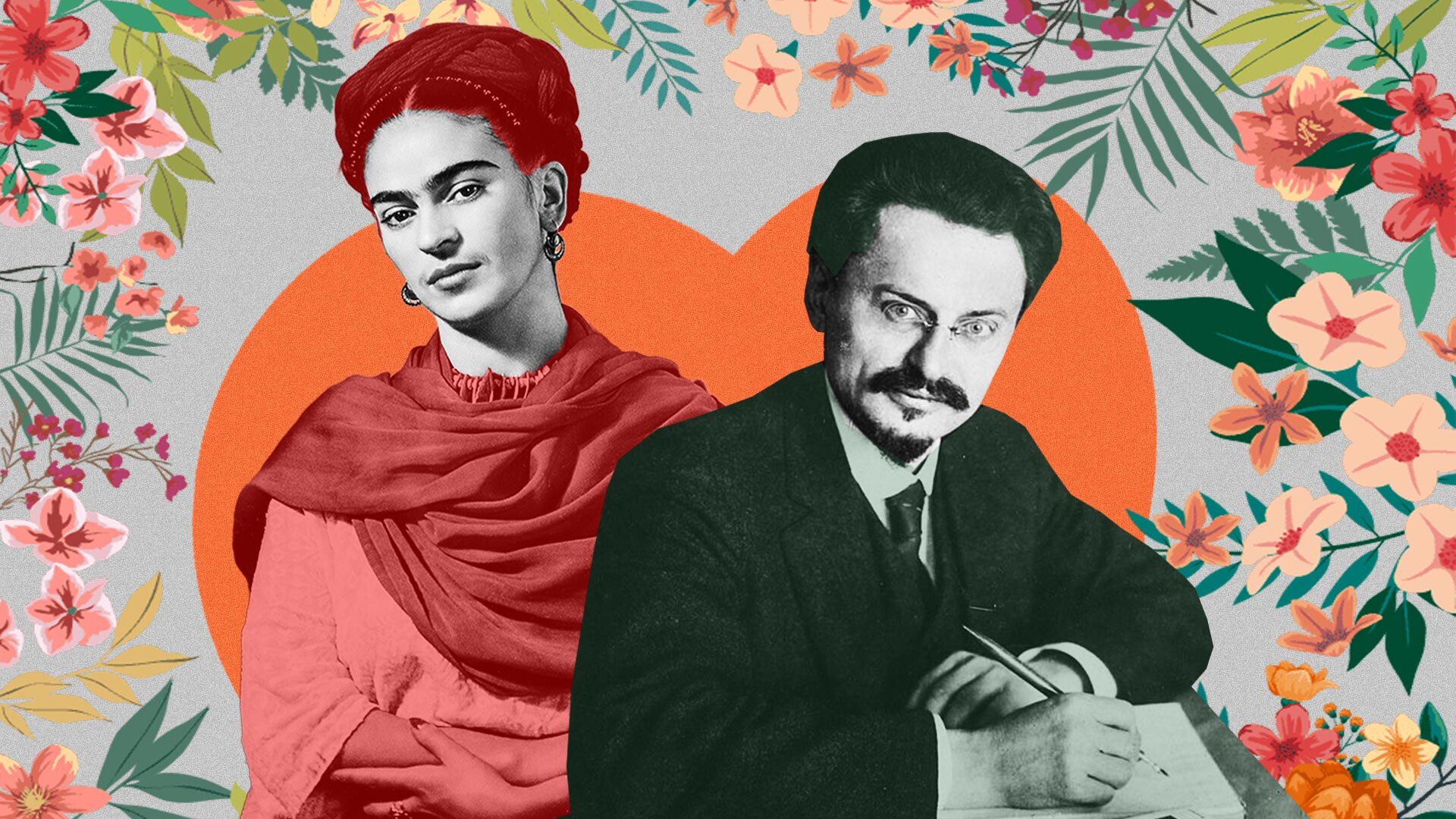
In 1936, the famous revolutionary Leon Trotsky moved to Mexico in a bid to hide from the wrath of Joseph Stalin. Diego Rivera, Trotsky's good friend and ideological follower, persuaded the Mexican president to give the disgraced Russian asylum. He himself was a famous artist, who had earlier studied in Europe, and a committed Communist, who had been to the USSR. In 1937, Rivera kindly invited his idol and his wife to stay at his place, where he lived with his wife, young artist Frida Kahlo. Later, something unexpected happened.
Leon Trotsky was one of the brightest Soviet figures. It was he who led the October Revolution until Lenin returned from emigration. He was the man who created a real war machine, the Red Army, out of combat-ineffective and disorganized fighters. But the revolutionary soon found himself on a losing streak: the rivalry for leadership with Stalin inevitably led to his persecution and harassment. Trotsky was accused of deviating from Leninist teachings, expelled from the Party, and ultimately exiled from the USSR. He lived in Turkey, France and Norway, before finally relocating to Mexico.
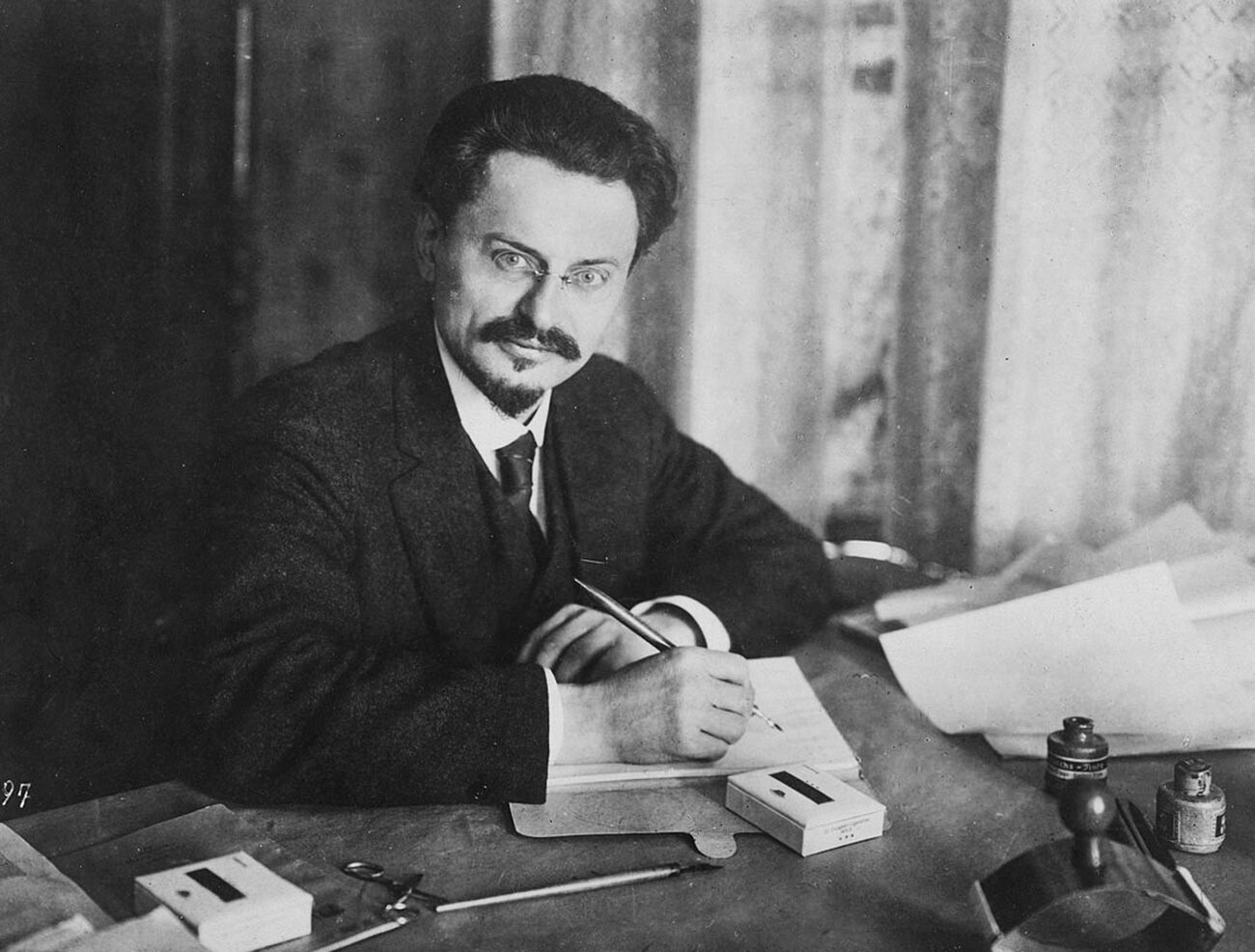
Leon Trotsky.
Public DomainLeaving Russia along with him was his faithful partner, Natalia Sedova. Trotsky could not officially marry her, as he was already married to another woman - Alexandra Sokolova. They got married in 1900 in prison, and even had two daughters together, who were eventually sent to be raised by relatives. In 1902, while the family was in exile in Siberia, Trotsky had fled to Europe. This was effectively the end of the couple’s relationship. In 1902, in Paris, Leon met Natalia, who soon became his partner. According to contemporaries, he cheated on her, but always came back. Natalia suffered greatly, but endured the situation.
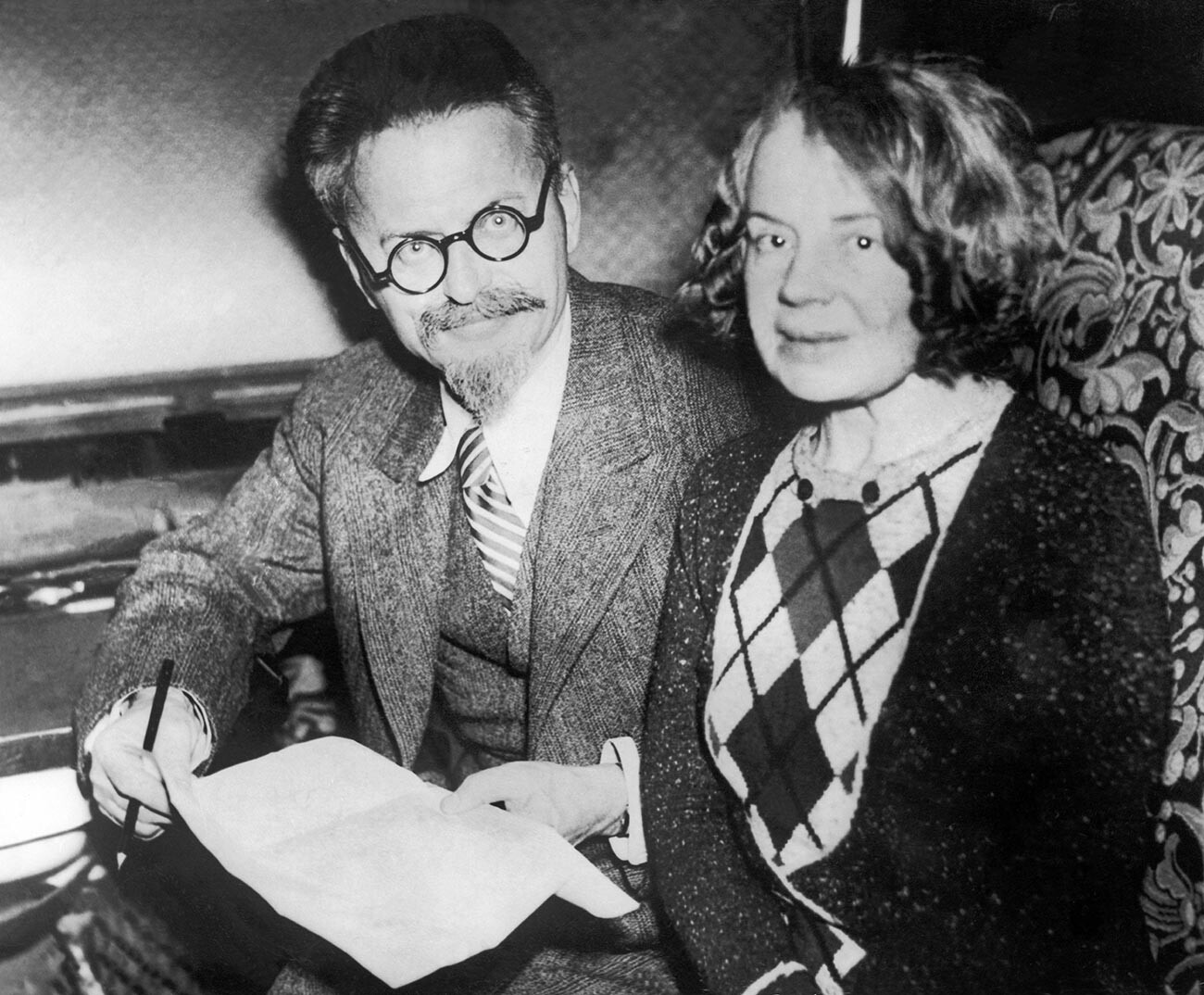
Leon Trotsky in Mexico with his wife Natalia around 1938.
Keystone-France/Gamma-Keystone/Getty ImagesHaving met his Mexican friend’s young wife, a bright personality and talented artist, Trotsky could not restrain himself from having another affair.
Frida began to paint at the age of 18 (1925), when she was seriously crippled and bedridden for many months following a terrible road accident (the bus in which she was riding collided with a streetcar). The mirror that hung above her bed gave her one of the few available objects to depict - and it was herself that gazed back. Most of Frida's paintings are surrealistic self-portraits, filled with symbols that depict the artist's experiences. As Frida herself said: “I paint my own reality on canvas. [...] I paint what happens in my mind without thinking too much about it.” One of the artist's paintings, the self-portrait The Frame, was acquired by the Louvre during Frida’s life (she died in 1954): the artwork was the first painting by a 20th century Mexican artist to be purchased by a world-renowned museum.
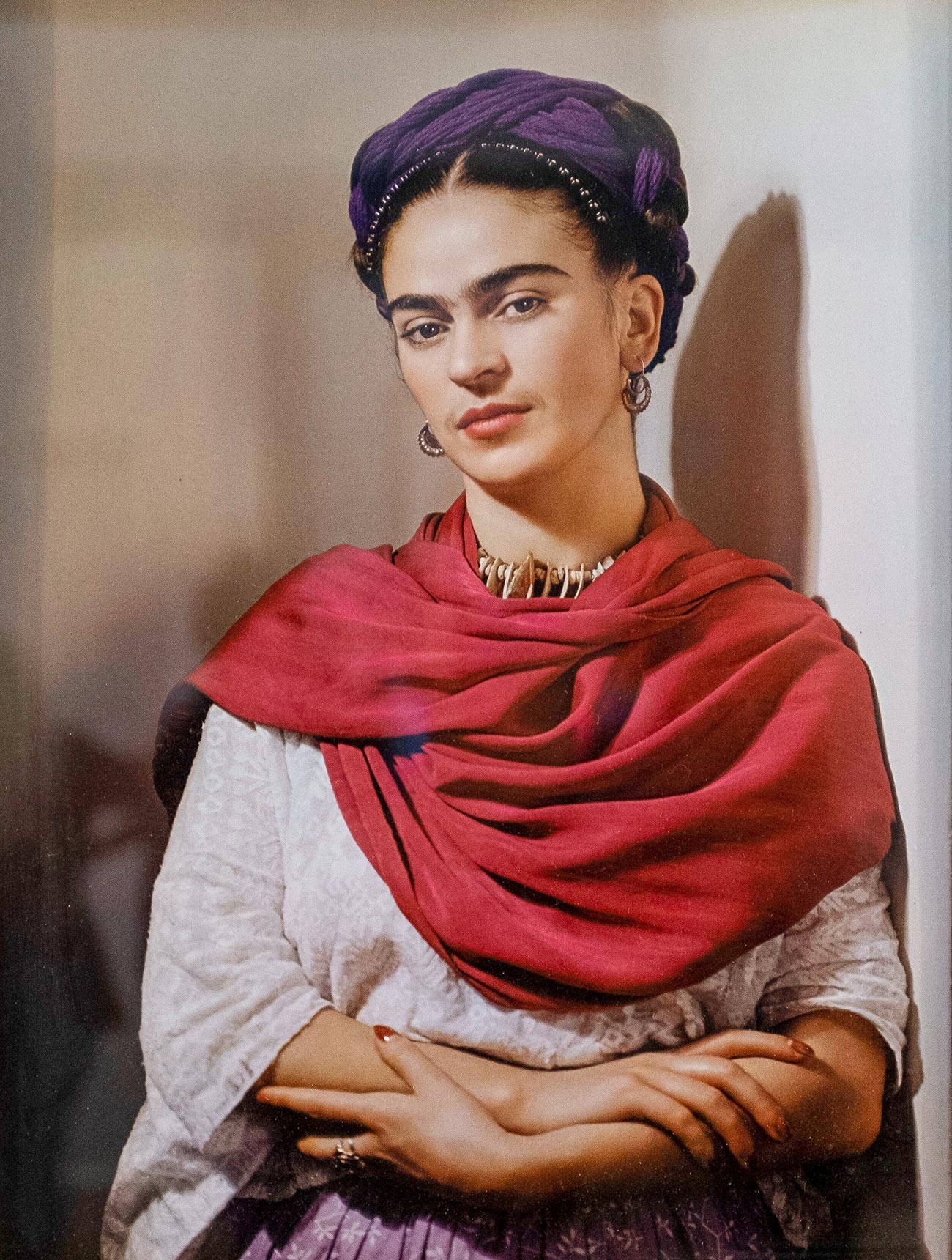
Frida Kahlo Museum, Mexico City.
Legion MediaThe young girl’s terrible mutilation did not kill her ability to be liked, nor her love of life. She startled people around by wearing men’s suits and traditional Mexican clothing, as well as with her undisguised addiction to strong alcohol and obscene language, numerous love affairs and a total lack of reverence toward anyone. Her inflexibility, indifference to the opinions of others, readiness to defend her freedom, and coverage of very intimate topics - such as child loss, abortion and the pain of adultery in her art - all made Frida an icon of feminism.
In 1929, she married a very famous artist twice her age. Although both had loved each other, their family life proved painful. Diego was known for numerous adventures and even had an affair with his wife’s younger sister. Kahlo reacted to this in kind: always surrounded by admirers, she engaged in affairs with both men and women. The couple argued, separated, but in the end always returned to each other.
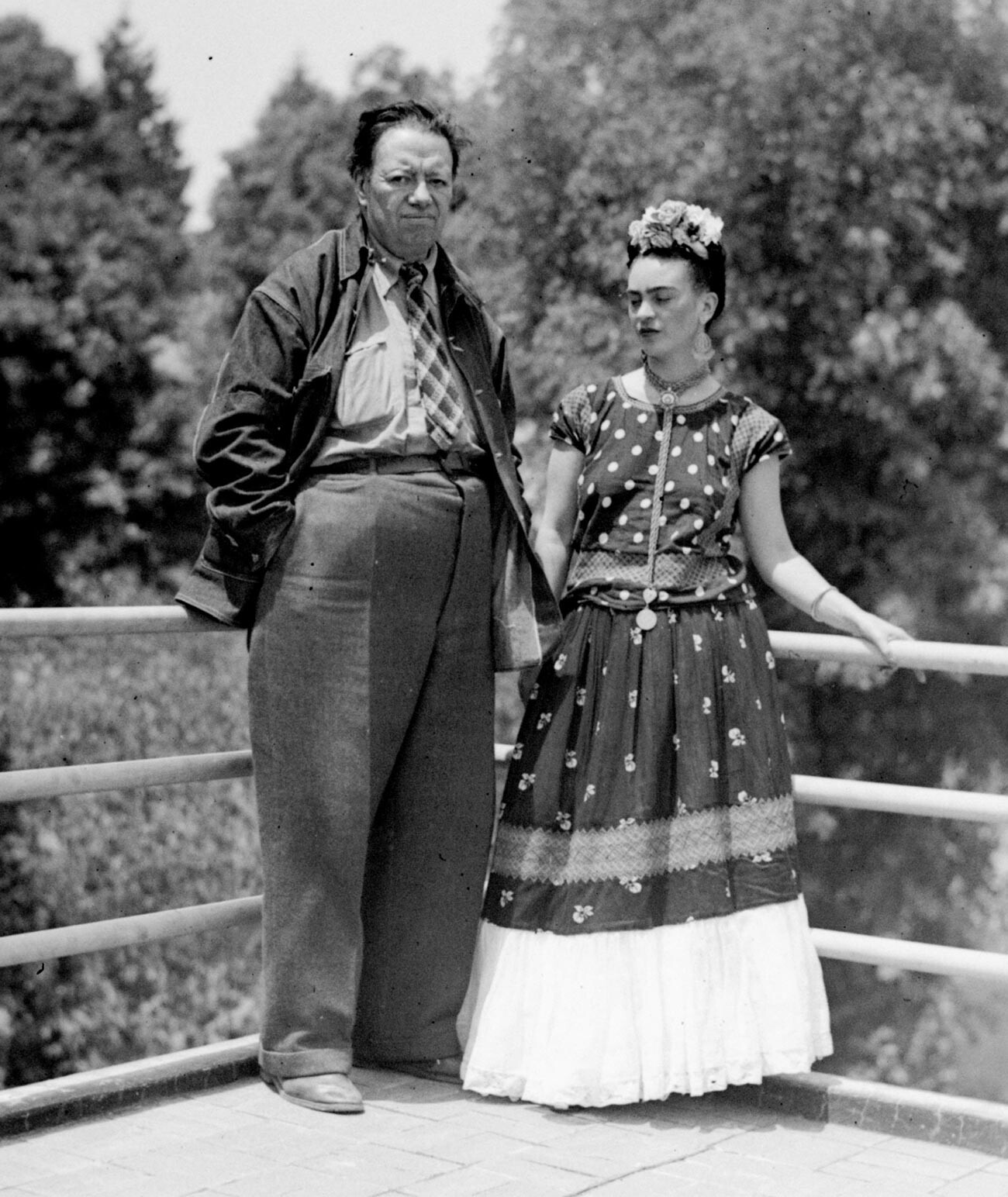
Diego Rivera and Frida Kahlo, 1939.
APThe connection between Trotsky and Frida could not go unnoticed. Like her husband, the young artist espoused communist views. The families spent a lot of time together: they had dinners, went on picnics and excursions. Quite soon, the mutual interest that flared up between Frida and Leon became obvious. Trotsky and Kahlo began to “casually” meet during walks in the courtyard of the house, the revolutionary passed letters to his beloved, leaving them in the books they exchanged. When it became inconvenient to see each other at Frida's estate, the lovers went to the house of her sister Christina. It is not known, though, what drove Frida - the desire to take revenge on her husband for his love affairs, or genuine feelings, but Trotsky was certainly not indifferent to the flamboyant artist.
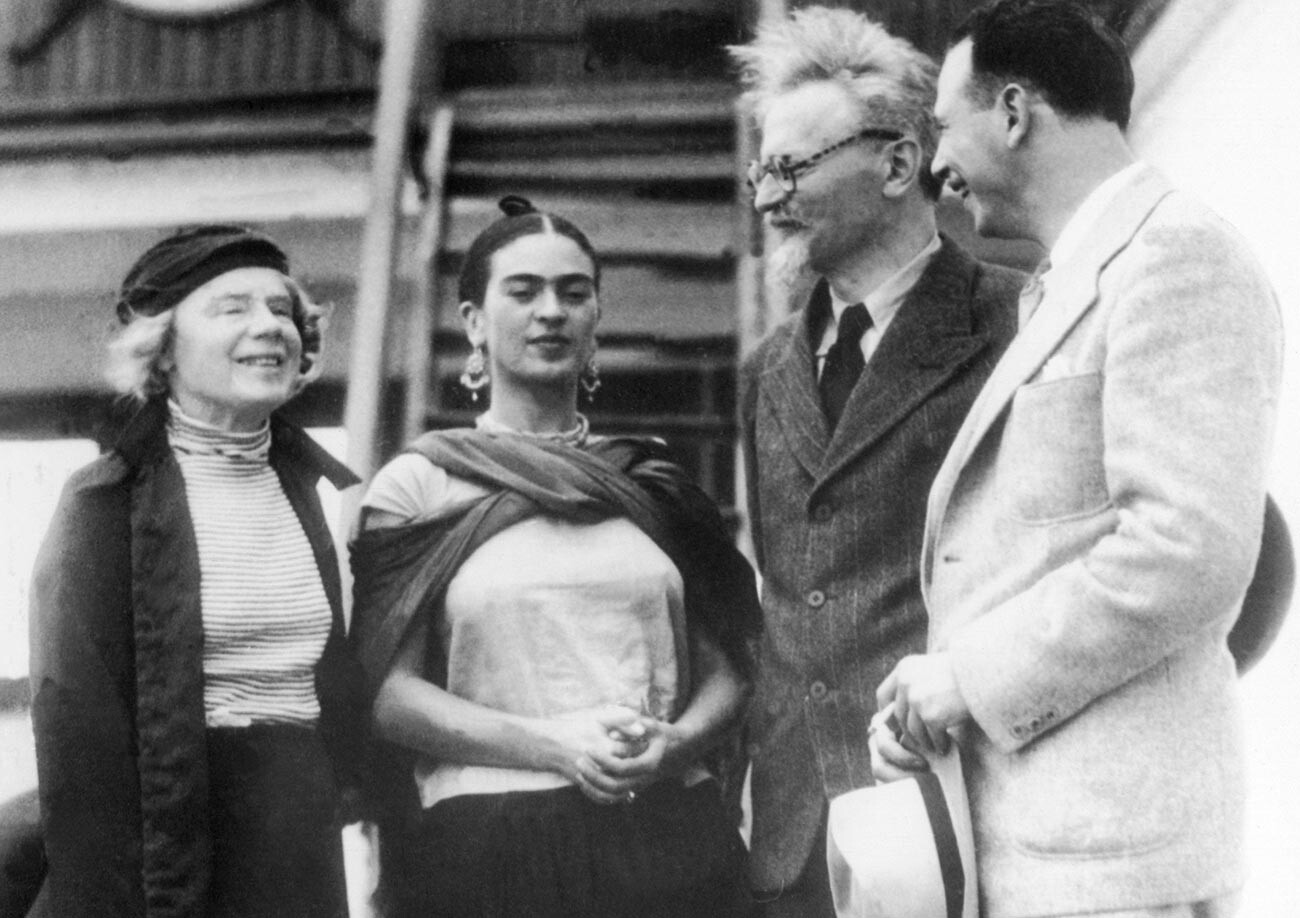
Leon Trotsky and his second wife, Natalia Sedova, are greeted by Mexican painter Frida Kahlo on their arrival in Tampico, Mexico, on board the the Norwegian tanker, Ruth, 9th January 1937.
Keystone-France/Gamma-Keystone/Getty ImagesThey were similar in a sense: both had a strong character, developed through many years of struggle with the world around and their circumstances. Yet, according to some accounts, Frida did not take Trotsky seriously. She referred to him as “a goat” behind his back, and wrote to her friend Ella Wolf: “I am very tired of the old man”. Trotsky was indeed much older than Frida: she was 29 and he was 57. Rivera either did not notice or did not want to notice his wife's affair with the guest. Cheating had long been the norm in their family life. But Trotsky's wife was not so tolerant. On top of that, the lovers allowed themselves rather frank conversations in English in her presence. Natalia did not speak the language, but she certainly understood the word “love” as it popped up in their talks.
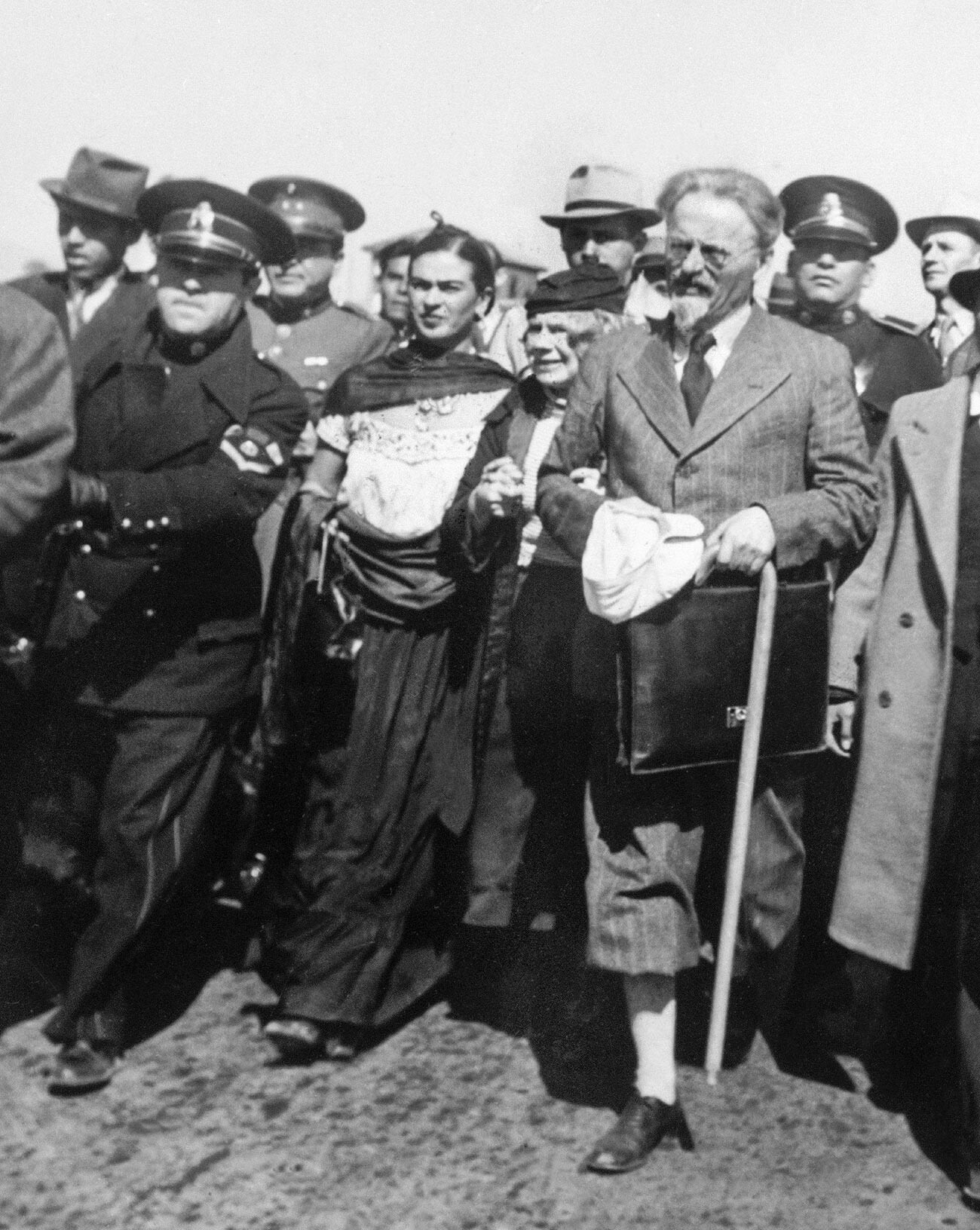
Frida Kahlo, Natalya Sedova and Leon Trotsky.
Keystone-France/Gamma-Keystone/Getty ImagesThe relationship between the Trotsky couple cooled, and at the end of June 1937, they temporarily separated in order to decide what to do next. Trotsky went to Diego’s friend’s estate, where he resumed correspondence with his partner. Natalia felt depressed about what had happened. “I do not want to see people, the life around me, all this hustle... I do not want to eat... I want to fall down on the floor and not get up anymore,” she described her condition in one of her letters to Trotsky. Leon replied: “She is no one for me. You are everything to me. Do not, Nata, do not, I beg you”. Despite everything, he felt a deep affection for the woman who had shared all his victories, defeats and exile with him: they had been together for 35 years by then.
Upon Trotsky’s return to Coyoacan, the lovers severed the affair. It is not known which of them did it. While Frida’s friend thought the artist had taken the initiative, researchers often point to Leon. Frida returned all of Trotsky’s letters and gave him her self-portrait for his birthday, but as he was moving from Kahlo’s villa to be reunited with his Russian wife, he didn’t even take it with him. The last time they saw each other was in January 1939.
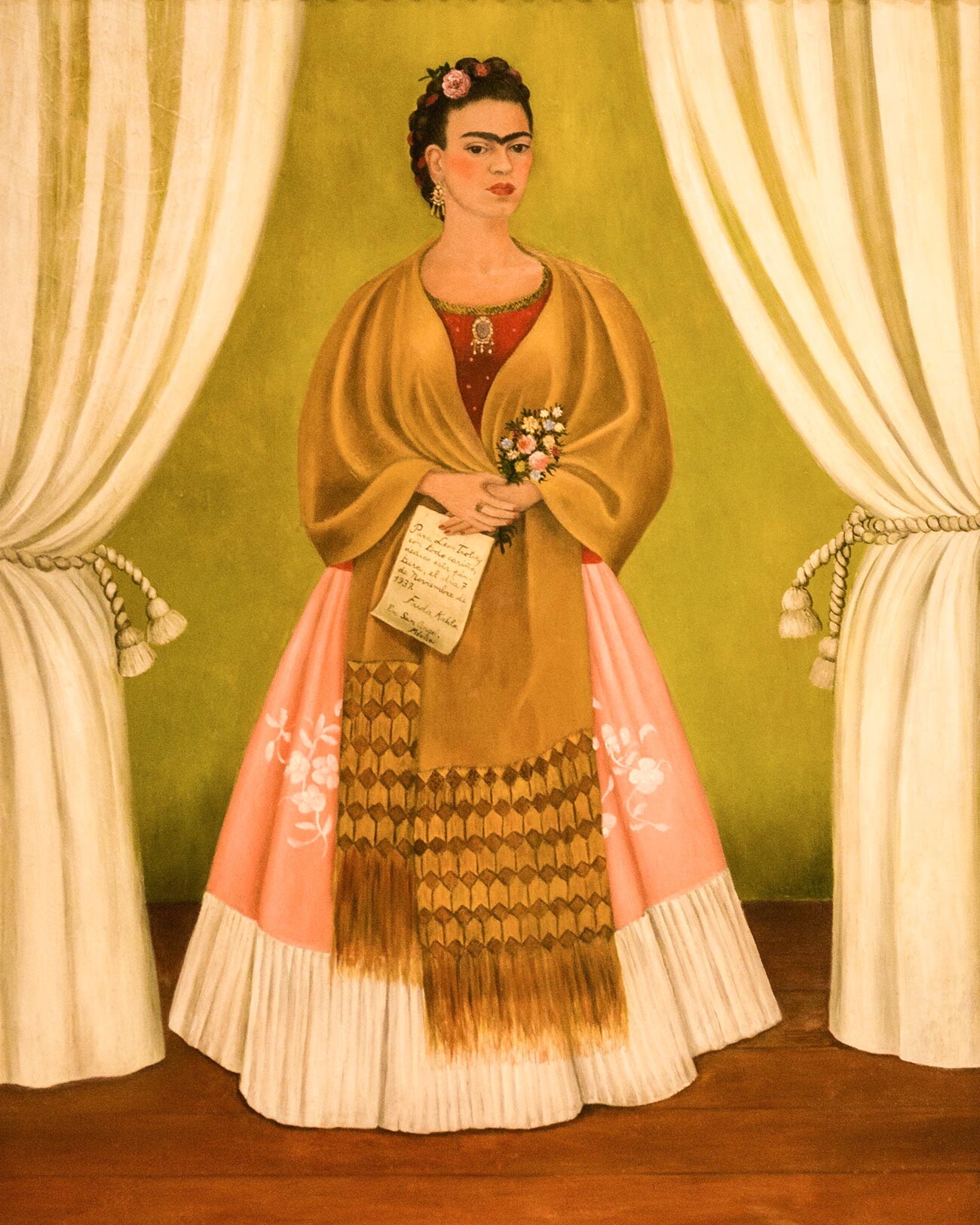
Frida Kahlo - Self Portrait Dedicated To Leon Trotsky, 1937.
Legion MediaDear readers,
Our website and social media accounts are under threat of being restricted or banned, due to the current circumstances. So, to keep up with our latest content, simply do the following:
If using any of Russia Beyond's content, partly or in full, always provide an active hyperlink to the original material.
Subscribe
to our newsletter!
Get the week's best stories straight to your inbox